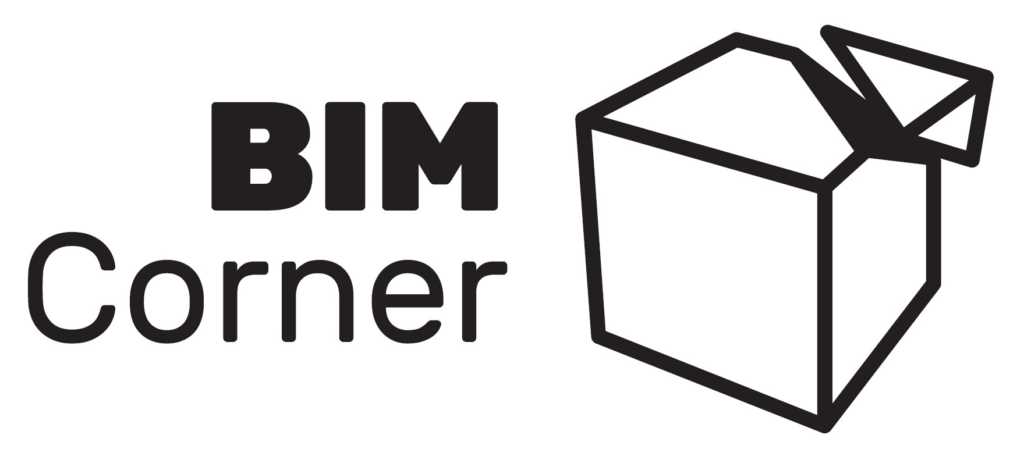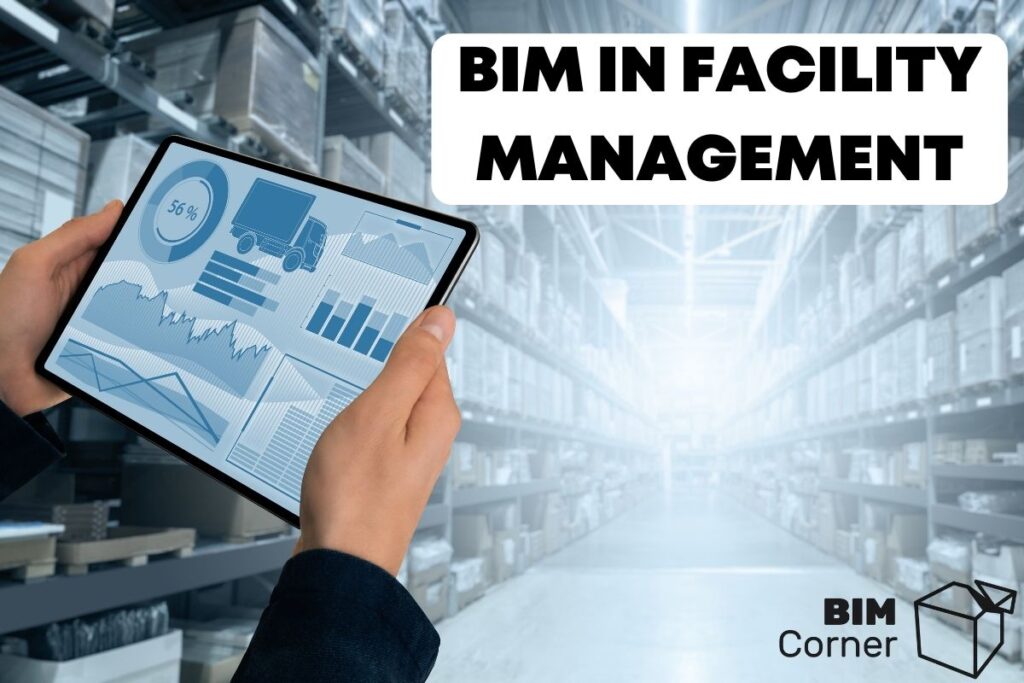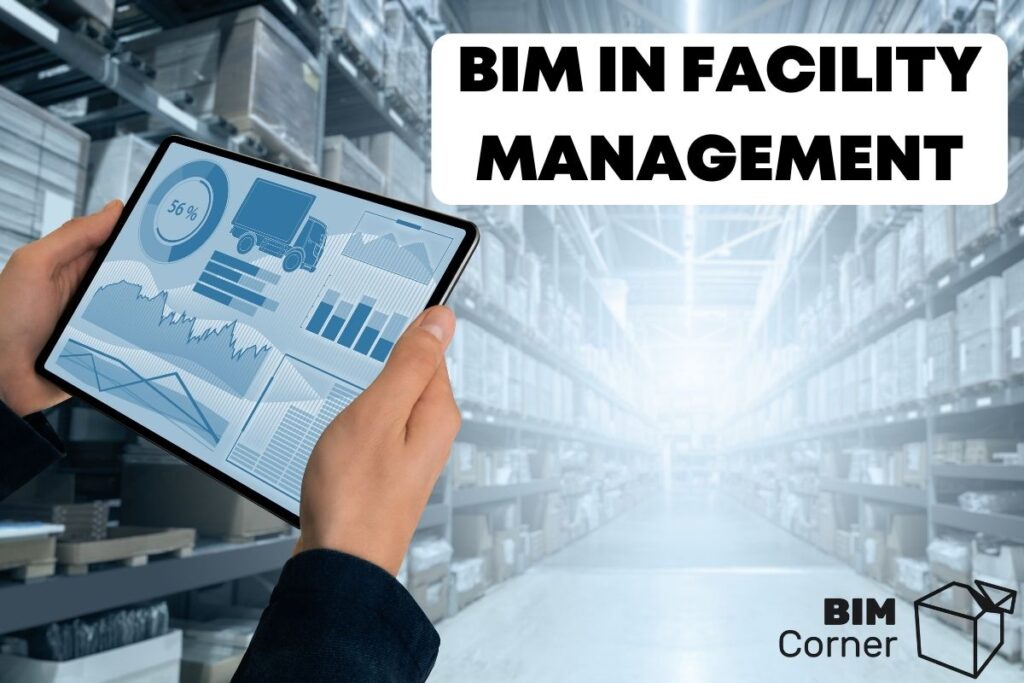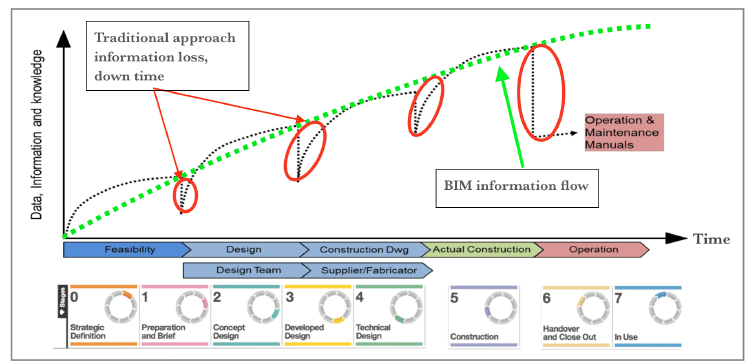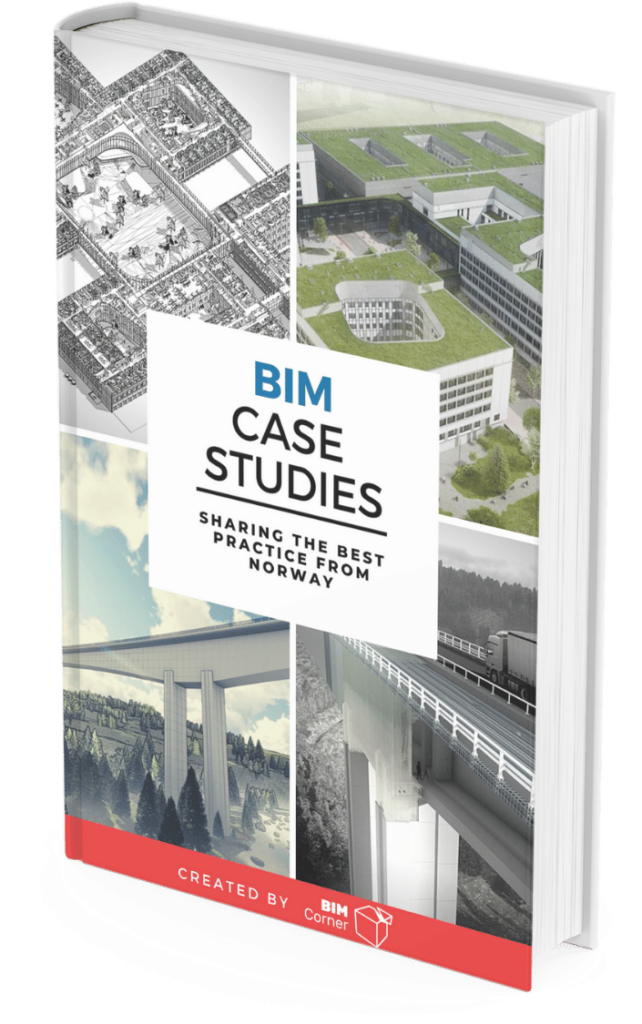Table of Contents
What is an operational phase?
Once the construction of a building is completed along with the acceptance of all works and successful testing of all the systems, the structure enters its operational phase. The building (or an element of the infrastructure) is operated according to its intended purpose. Roads are used by cars, rails by trains, and hospitals to treat patients, etc. All the built systems are utilized – traffic lights, ventilation, and drainage.
The nature of an operational phase is that periodic inspections, repairs and rebuilding are carried out. It is said that in every bigger structure, after a few years of operation,10% of the area is usually under reconstruction. Hospitals might change the function of some rooms, shopping malls might change some of the rooms to another tenant, and roads might need partial recarpeting.
The cost of annual operations is usually predicted as a percent of the total cost of the construction of the structure. Depending on the type of structure, it might range between 1% in the case of flats, 2-3% for motorways, and up to 6% for hospitals. Civil and building structures are designed for 50-100 years of use, with every 10-15 years operating costs peak, which is due to inevitable renovations or remodelling of part of the structure. As you may easily calculate, the design and construction phase covers less than half of the total costs incurred during the structure lifecycle. It stands contrary to a popular belief that operating costs run at 80% of the total cost of a construction project. This applies only to technically complicated structures in which multiple systems must be always operational and efficient, e.g. hospitals, and laboratories (source: 1. & 2. in the footnote).
BIM in an operational phase
Traditionally, as-built documentation usually delivered in paper files by the Contractor at the end of construction works is used as the base to manage a facility.
Such documentation usually contains:
- Detailed design with all the corrections made in relation to the initial design
- As-built survey
Operation and maintenance documentation of the equipment installed - Technical specifications of the materials used
- Partial and final acceptance protocols
Using such documentation is rather cumbersome – each time you would have to muddle through piles of files to find the one document you’re looking for.
Employing BIM methodology during the operational phase allows the digitalization of the whole process, which, in turn, leads to rumped up circulation of information as well as minimizing the costs tied up with the usage of individual resources.
A digital model containing both geometrical and alphanumerical information of the elements installed or mounted in the structure is a very useful and efficient tool to plan the activities connected with managing, possible future repairs, extensions or alterations. Enriching th model with additional parameters and updated information will prolong its usefulness for decades to come.
Defining information requirements for operational model
From the perspective of the facility management, it is vital to define the information requirements before stepping into the designing phase. The Appointing Party defines them in the Asset Information Requirement (AIR), whereas the Lead Appointed Party puts forth the plan for the execution of the aforementioned requirements in BEP. In my opinien, the model destined for the operational phase should contain at least the following information:
Location of particular structures (facility, space, area, mileage)
List of all types of the elements installed or mounted in the structure
Attributes of the objects with information about the installed elements (manufacturer, supplier, model, serial number, etc)
Maintenance, Operation & Management documents as well as technical specifications
Nameplates, which correspond 1:1 with the information saved in the model
Bear in mind that the information should be sufficient enough to enhance routine maintenance and operation of the facility, but not too much to make the model burdensome.
If you try to follow too much information than it is practically possible to update, you’ll end up with a lot of unreliable information, which will make the whole system untrustworthy. Therefore, let’s not get carried away with following too much information, but rather be sensible with information requirements.
Information transfer
Example
The Building Owner defines that he needs to the operational use:
- Models from all branches
- Objects’ properties enriched with information about the manufacturer and the supplier
- List of all systems installed in the building
- Maintenance, Operation & Management documentation and technical specifications
- Lists of all run tests carried out
It means that only these elements should be included in the handover documentation, which also indicates the following information is unnecessary to be included:
- programmes of works
- correspondence and meeting notes
- logistics plans
- earlier releases and revisions of the model
As you can see, while transferring data from PIM into AIM, you cut off some information and add other pieces that might not be necessary at this construction phase, but the Building Owner needs it to manage the facility.
The organization maintaining the building keeps the information containers on its own internal server or operational space of the software it uses to manage the facility.
There are two basic ways to carry out the information transfer that depend on project CDE capabilities and the programme employed to manage the facility:
- Direct integration of BIM with the facility management software (CAFM – Computer Aided Facility Management).
- Transferring data using standard data format, usually COBie standard
Integration of BIM and CAFM
Computer software is developed to assist with facility management, therefore, Computer Aided Facility Management can monitor and control different tasks that spring up while managing the facility. Such tasks might include scheduling maintenance operations, keeping information about space inventory and usage, determining costs of equipment and material that is to be changed. It keeps as-built documentation as well as product documentation. In other words, it is a database where each item of equipment is a different verse line and might be managed from that level.
Some CAFM software can be integrated with 3D BIM models. Therefore, you have access to not only information about what each element is, and where is located but also how to carry out maintenance operations, which dashboard it is connected to or which shaft supplies it with water.
The advantages of direct integration of the BIM model with facility management software are as follows:
- Better data verification. Once BIM and CAFM systems are linked, there is no need to perform additional “data cleansing” when transferring it.
- Easy and direct access to BIM models and data due to their full integration.
- Updated information about the facility. Keeping the BIM model and CAFM fully integrated throughout the building’s lifecycle, the owner has at his disposal all the building documentation as a base for future developments.
The downside is that you need close cooperation from both parties to create such direct links. On one hand – CAFM software supplier, and on the other – CDE software manufacturer. It requires some work establishing rules for data mapping and translation from the world of construction to that of operation. More often than not, however, two parties appear to talk in completely different languages.
COBie standard
In case of no direct link between BIM and CAFM to transfer data, you need to employ COBie standard. This open data format was devised to replace a chaotic and incomplete process of transferring essential operational data to keep the facility running. COBie is a template for all information required to support operations, maintenance and asset management in a building. Due to its simple, accessible and insulated format, transferring data from the general contractor is much more efficiently structured and the data import to computer systems managing the building is simple, smooth and efficient.
COBie is just a spreadsheet divided into tables and bookmarks which are responsible for particular parts of a building. Columns are of different colors, which define their destination.
- Yellow color determines the boxes required to be filled up to meet minimum requirements,
- Salmon indicates relation to another place in the sheet,
- Green relates to specific requirements by the owner
- Violet specifies the source of the data
COBie template in an Excel file is divided into multiple sheets (in present version – 18), which logically divide a building. Exemplary categories might be as follows:
- Floors – attributes of all floors in the project (name, height, spot height, etc)
- Space – space attributes. It usually means rooms in an enclosed structure. Its attributes might be name, number, floor, etc
- System – it groups elements with regard to their functions. Ventilation or sprinkler system, drainage, etc.
- Type – information about types of facilities found in the structure.
To get a closer look at how it looks, I recommend downloading the COBie sheet from the US National Institute of Building Science
If you get cold feet, cheer up – you don’t have to fill up all these sheets manually. Luckily, most of the BIM software developers implement the possibility of COBie data export. Moreover, CAFM software developers take great care to make these sheets functional and importable to their programs. However, bear in mind that once imported, the data needs to be checked, as the source system might not be directly integrated with the target system.
Summary
In this entry, I’ve dealt with basics regarding transferring as-built documentation and the operational phase of facilities, as well as the possibility of using BIM at that phase. Yet, I reckon technology doesn’t seem to be developed well enough to create direct links between BIM and CAFM systems. The very moment of transferring the data from a construction phase to an operational one still leaves a lot to be wished for, as it requires a lot of manual plodding, and the systems do not cooperate too well.
Nevertheless, it seems more and more is being done in that respect, as new software springs up, and the Appointing Parties are getting more and more interested in better-quality data.
If you work as a Facility Manager, or you have a different opinion – please use a comment section or write an e-mail to us with your point of view!
Resources
- https://www.quora.com/What-percentage-of-the-initial-construction-costs-would-the-maintenance-cost-of-a-building-be-For-example-what-if-one-built-a-house-a-school-a-church-or-a-hospital-for-100-million-How-much-is-needed-for-annual
- https://www.researchgate.net/publication/235321097_Quantitative_validation_of_budgeting_methods_and_suggestion_of_a_new_calculation_method_for_the_determination_of_maintenance_costs
- https://it.ifma.org/wp-content/uploads/2019/04/BIM-FM-Consortium-BIM-Guide-v2_1.pdf
- https://www.thenbs.com/knowledge/what-is-cobie
- https://blog.drofus.com/en/demystifying-cobie
- https://www.bimv.pl/bim-w-zarzadzaniu-cobie/

